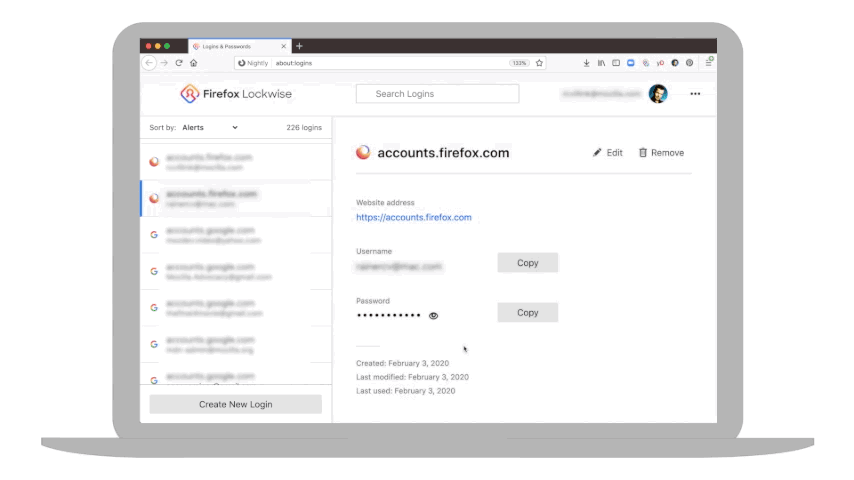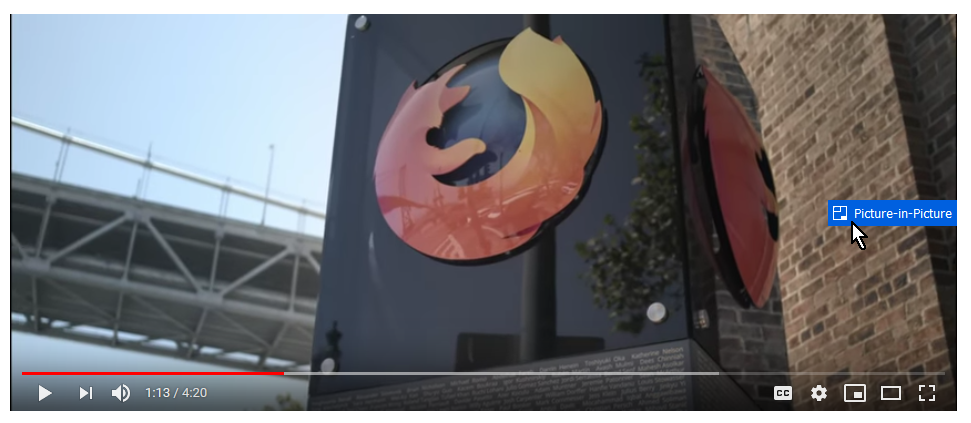Firefox gets a better password manager
Mozilla today launched version 76 of its Firefox browser, and with that, it's launching a couple of new features that you'll likely notice if you're already using the open-source browser.
The highlight of today's release is the enhanced password manager. Firefox Lockwise, as it is called these days, will now ask you for your device password when you try to copy and paste credentials from your Logins and Passwords" page in the browser. After you've confirmed your device password, you can see and copy your credentials for five minutes. This should make it a bit harder for others to access password-protected sites on your machine, especially if you're on a computer you regularly share with others.
Also new to Lockwise are alerts for vulnerable passwords that are identical to those that have been stolen in a known breach (but you would never reuse a password, right?), as well as warnings when a website you use has been breached and your logins and passwords were likely stolen.
In addition, Lockwise's password generator now works with more sites and will help you find 12 random letters, numbers and symbols for you to use as your password.
 With version 76, Firefox now also includes an improved picture-in-picture mode for video sites like YouTube. With this, you can keep watching a video in the corner of your screen while you continue with other tasks (though you can't browse away from YouTube, for example, while you're watching in the pop-out window). I wish I could have more control over the size of that picture-in-picture window because it's pretty large, but that's just how it is for now. New in version 76 is the ability to double-click on the popped out video to make it fullscreen. A small but welcome new feature.
With version 76, Firefox now also includes an improved picture-in-picture mode for video sites like YouTube. With this, you can keep watching a video in the corner of your screen while you continue with other tasks (though you can't browse away from YouTube, for example, while you're watching in the pop-out window). I wish I could have more control over the size of that picture-in-picture window because it's pretty large, but that's just how it is for now. New in version 76 is the ability to double-click on the popped out video to make it fullscreen. A small but welcome new feature.
Update: we clarified that PiP mode itself is not new. Only the double-click to fullscreen is.
If you're an avid Zoom user, you'll be happy to hear that Firefox has now made a few changes that allow you to use it in Firefox without the need for any additional downloads, and WebRender, which uses the GPU to render websites faster, is now enabled on even more machines.
